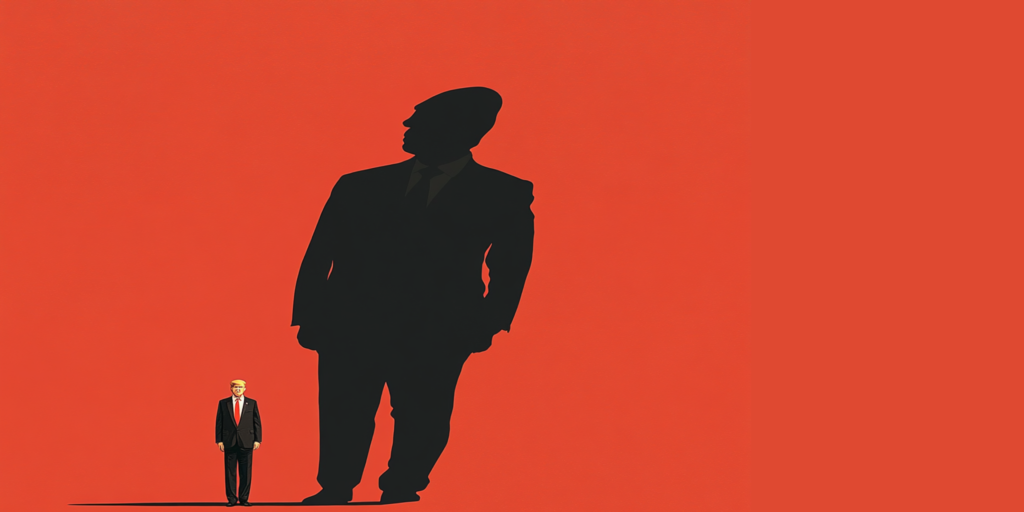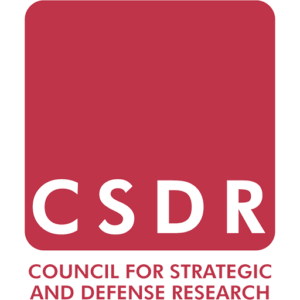PM Modi attended and returned from his first-ever summit meeting with newly re-elected President Trump. The visit was preceded by a growing list of concerns about tariffs, the treatment of deported Indians, and uncertainties about Trump 2.0’s strategic objectives in the coming months and years. After all, such concerns were partially reflected in the Union Budget, which reduced import duties for the first time in many years, specifically on items of strong interest to the US. The visit took place amid a wave of announcements and diplomatic activity related to the Russia-Ukraine war, indicating that the Trump administration is both more decisive and more unconventional than in his first term.
In this context, India needed to get on the right side of Trump, even as core US policy objectives appeared to be less than set. The two sides announced a slew of continued and fresh initiatives—some symbolic, some more substantive. Among the former is the surprise offer of the F-35, which had sparked a growing debate in India. The 36-point joint statement outlines a very broad framework agenda, reflecting greater ambition than anticipated and strong continuity in India-US relations over the last decade spanning different administrations.

Trade and Defense Cooperation take Center Stage
The visit primarily focused on addressing U.S. trade concerns, with strategic cooperation receiving only a brief acknowledgment. Arguably, Delhi sought to placate the new administration on its core agendas related to illegal immigration and trade imbalance much prior to the visit and in an unusually proactive manner. The broad takeaway in Delhi itself is that such an approach had led to success and managed to restore stability and purpose in bilateral ties.
The visit focused on the future aim of establishing a much stronger defense and energy partnership, but primarily as a means towards reducing the trade deficit i.e., reciprocity. Announcements pertaining to defense purchases and co-production plans emphasize both continuity as well as upscaling. The announced commitment to review regulations such as ITAR signal intent to clear institutional bottlenecks for stronger defense trade and interdependency. Notably, agenda objectives related to the iCET have survived, albeit with newer names (TRUST, ASIA and COMPACT). Regarding the F-35, most defense analysts have expressed skepticism that India will consider the offer seriously given high maintenance costs and concerns related to strategic autonomy. However, there has also been a sliver of analysis that seeks to open up the debate on the same.
On the energy front, Trump stated there is potential that the US will emerge as the largest provider of energy goods to India (oil and gas). Most experts have noted that India could easily ramp up LNG imports from the US, especially since increasing the tally of gas imports in the overall basket of energy imports aligns with India’s long term energy goals. Achieving this for oil imports would be far more challenging due to higher transportation costs and more competitive alternatives from West Asia and Russia. Estimates suggest that transporting US crude to India costs around $4 per barrel, compared to approximately $1.5 per barrel for West Asian oil.
The most notable announcements— with stronger expectations of movement in the coming months—have been in the realm of trade. Trump 2.0’s announcement on Reciprocal tariffs just prior to the PM’s arrival has been widely noted. This has led to expectations that the administration will closely monitor Indian trade adjustments, using a broader metric for reciprocity that includes not only import tariffs but also non-tariff regulatory barriers and domestic value-added taxes. Of concern to some is the expectation that the US could push for access to India’s government procurement market, thereby threatening India’s ability to prioritize domestic producers as well as the government’s ‘Make in India’ initiative. With a growing consensus in recent months and years that India’s increasing protectionism over the past decade has had adverse effects on the manufacturing sector, there is rising political interest in reducing import tariffs, exploring experimental trade arrangements, and deregulating the MSME sector.
Following the visit, Commerce Minister Piyush Goyal stated that India and the US are committed to increasing bilateral trade to USD 500 billion and negotiating a ‘strong’ trade agreement within the next 6-8 months. Analysts appear to view such a prospect as achievable given that the two sides had negotiated a similar trade arrangement during the first Trump administration. Goyal further stated that India is taking a series of steps to boost domestic manufacturing and led by a National Manufacturing Mission that is expected to come up with “newer ideas” to address the challenges faced by the country’s manufacturing sector. Speaking the next day, FM Nirmala Sitharaman stated that duty cuts will continue as part of a continuous process of rationalization aimed at strengthening India’s position in global trade.Noting such trends, one analyst has concluded that a protectionist Trump may have done India a great favor by nudging it to reverse its decadal trend towards protectionism which had hurt India’s economy.
Challenges and Strategic Divergence
Despite a sense of relief, India remains concerned about the unpredictability of the Trump 2.0 administration. This was underscored by the fact that, just days after the visit, the US sent another military aircraft carrying Indians who were reportedly treated “unceremoniously” back to India. The US Securities and Exchange Commission (SEC) issuance of a request for cooperation to India’s Ministry of Law and Justice regarding ongoing proceedings against the Adani Group has also been noted. Furthermore, during the press conference, President Trump avoided answering direct questions on the issue of Khalistan separatists continuing their operations from the US.
As importantly, despite a mention of the Quad and the Indo-Pacific there appears to be no notable convergence yet on the strategic challenge of China. It is worth noting that Beijing has not reacted as strongly to the visit as it had on previous occasions such as during PM Modi’s official state visit to the US in June 2023. It was content to convey its position that bilateral cooperation between India and US should avoid targeting a third country. As argued elsewhere, China’s message to FS Vikram Misri during his latest visit was a subtle warning against playing the balancing game between the US and China, and focus instead on deepening the ongoing thaw between the two Asian powers.
Most notably, during the joint press conference, an Indian journalist (ANI) asked President Trump regarding his ‘vision when it comes to India brokering peace between Russia and Ukraine’ as well as his views on India-U.S. cooperation ‘to counter China’. The President, however, appeared to sideline any such role for India regarding the ongoing war and conveyed his optimism regarding China’s potential role in such mediation, while recalling his friendly relationship with XJP during his first term. Turning to the China question, he chose to focus on ‘continuing’ tensions and ‘vicious’ skirmishes at the border between India and China while expressing his wish to help both sides resolve them. He appeared to frame the question within his broad objective of seeking de-nuclearization talks with Russia first and then with China, pointing to the benefits of reduced defense budgets for all powers. In this schema, arguably, the India-China security tussle at the Himalayas is an irritant that needs redressal rather than a core security concern of a strategic partner.
Despite the clear divergence from Indian expectations of strong cooperation on China, the President’s remarks have not been met with a great deal of anxiety or concern in Delhi. This is in part explained by the belief that Trump’s focus at present remains on rectifying trade arrangements with allies and ending the Russia-Ukraine conflict. There is an optimistic hope, despite growing doubts, that eventually Trump 2.0 will focus on balancing China assertively, including going after its relationship with Russia (a reverse Kissinger strategy). Within this optimistic view, the lack of clear mention of China as a challenge or threat is more tactical than strategic and enhanced defense partnership with India is likely to contribute towards the same goal in any case in the future. For now, what seems most important is that India has managed to get a grip on an ‘erratic’ Trump 2.0 very early into his administration.
